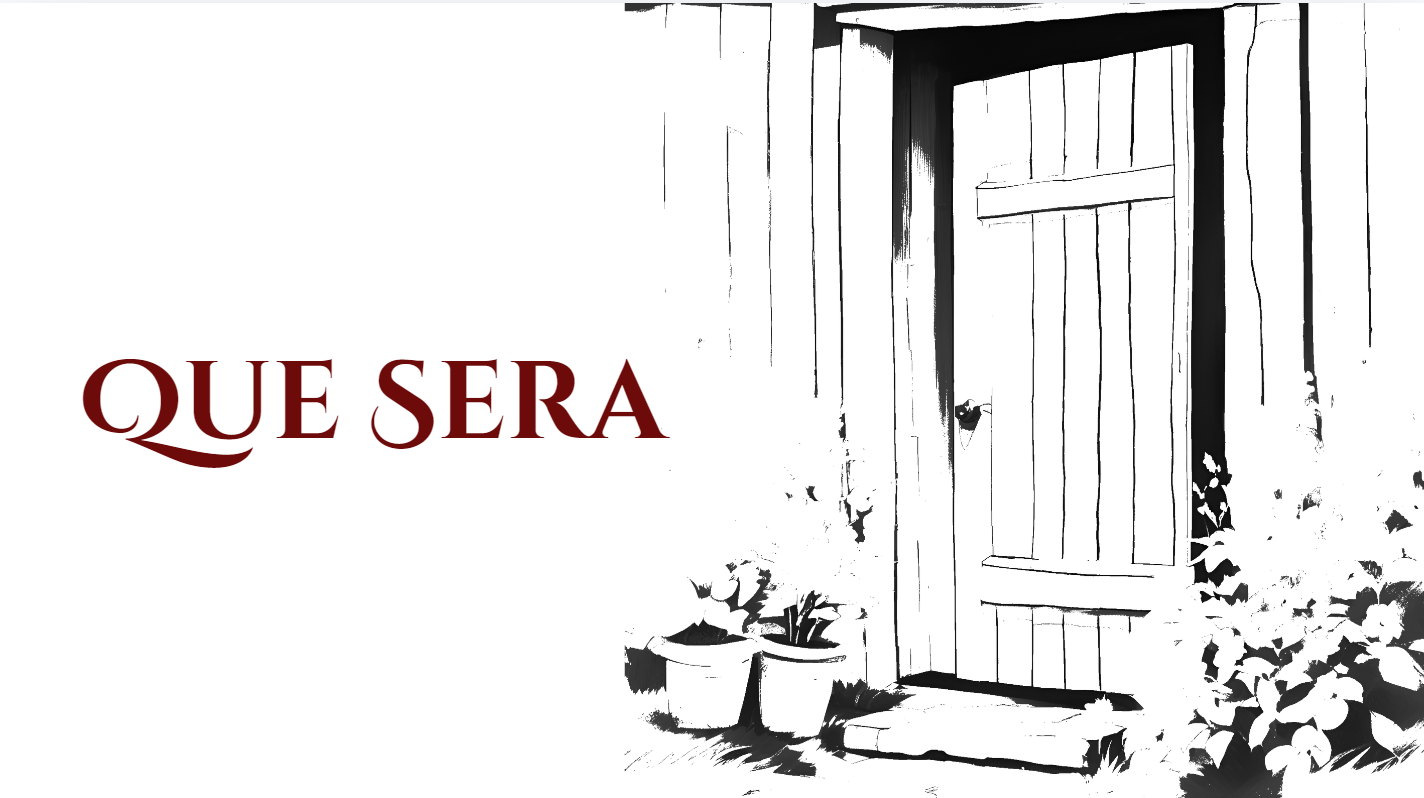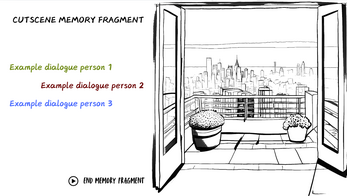
Que Sera
A downloadable game for Windows
What happens when memories become fragmented, and trauma shapes your reality?
In Que Sera, you step into the shoes of Thea, a young woman who has lost significant parts of her past due to trauma. Now enrolled in a cutting-edge memory recovery program at Celeste Inc., Thea must navigate her subconscious with the help of Eliana, an AI guide designed to help her confront her buried memories. But will confronting her past truly lead to healing—or will the weight of what she uncovers be too much to bear?
Que Sera is a psychological narrative-driven game where you explore the stages of PTSD through Thea’s fragmented memories. With each step, you’ll uncover new pieces of her story, revealing the deep emotional impact of her past while guiding her through tough, life-altering decisions.
Key Features:
- Therapeutic Dialogue System: Navigate Thea’s emotions through branching dialogue with Eliana, where your choices determine her emotional journey and ultimately shape her fate.
- Nonlinear Memory Exploration: Thea’s memories are unlocked through the unique door-selection mechanic, where each color-coded door leads to different emotional challenges and fragments of her past.
- Minimalist Art Style: Immerse yourself in a black-and-white, hand-drawn world that mirrors the stark and fragmented state of Thea’s mind. Dialogue is represented through text and color, with each character's personality and emotional tone reflected in their font and hue.
- Emotional Narrative: Experience a moving story that explores themes of trauma, loss, and healing, with a branching narrative that leads to multiple possible endings based on your choices.
Will you help Thea face her deepest fears and uncover the truth about her past, or will the weight of her memories keep her trapped forever?
| Status | Released |
| Platforms | Windows |
| Author | shanzso |
| Genre | Interactive Fiction |
| Tags | Cozy, Mystery, psychological, Story Rich |


Comments
Log in with itch.io to leave a comment.
Amazing concept with an intriguing proof of concept. I would suggest adding more audiovisual feedback, and lowering the sound of the letter type-outs slightly. For instance, some simple animations such as the leaves blowing away in the wind outside the window, maybe sound effects (not human voices) like the sound of a chair moving when someone gets up to leave etc. This would make the images come more to life without actually having a lot of animations or sounds.
“The Return of the Obra Dinn” does this brilliantly, check it out!